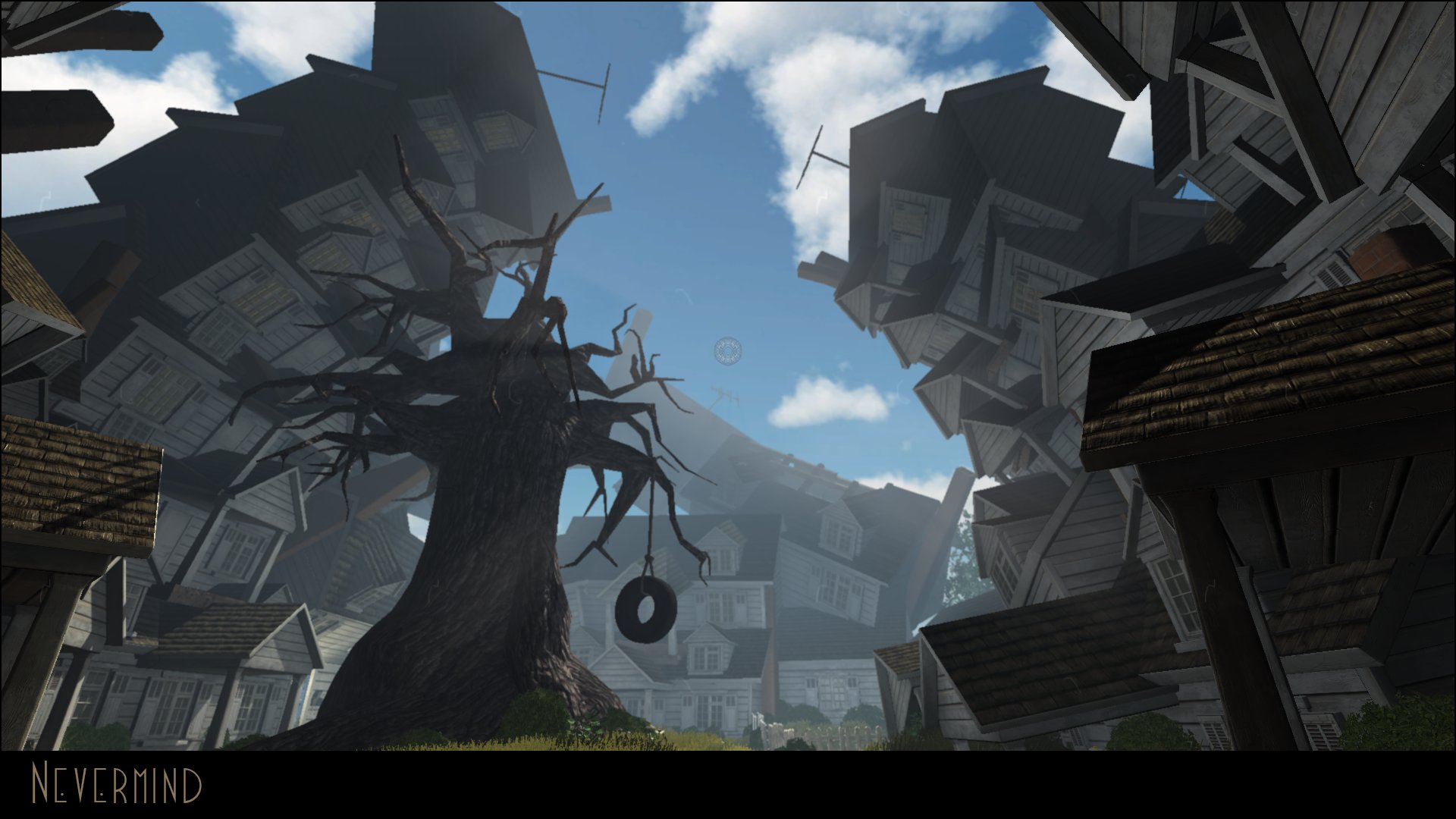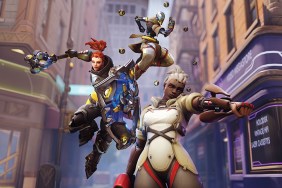The pain of being pure at heart.
At the start of Episode 2, 18-year-old high-schooler Maxine Caulfield is yet again stuck in a restroom while drama unfolds for a different student at Blackwell Academy. In Episode 1, it was the moment when Max discovered she had the ability to reverse time. What a difference a day (and another chapter) makes. [Also, spoiler alert.]
As Max hides behind a shower curtain, fellow student Kate Marsh is being bullied by mean girl Victoria. Victoria tells Kate that a video of her making out with several boys has been uploaded for everyone to see. No problem, Max can jump back in time and make it so it never happened, right? Well, the problem is that Max’s ability only works for the recent past, and this time the crucial moment was days ago.
Out of Time makes clear at the start that time travel can’t fix everything. You’ll need to help Kate without hitting the right trigger most of the time. The time travel element is still used a lot in this chapter, but several key scenes leave Max with no easy do-overs. She’ll have to live with the consequences of her actions. Even decisions made in the previous chapter will have an effect by the time Episode 2 ends.
For those new to the series, the game takes place in the present, but the vibe is very '90s. Mix tapes, an overstuffed journal, and Max’s trusty Polaroid camera give the world a tangible quality. A highlight comes when Max and Chloe visit a junkyard. Chloe gives Max a simple fetch quest, which leads to exploration: an abandoned school bus, an old neon Crab Shack restaurant sign, and so forth. All the while, the music feels like alternative 2.0 with solid tracks by Local Natives and Jose Gonzalez.
When we last left Max, her powers were getting stronger, but the physical cost was becoming a concern. The nosebleeds are getting worse. The storm that seems destined to destroy her hometown of Arcadia Bay is getting closer. Backed into a corner, Max ended up confiding to her old BFF Chloe about her newfound ability. And no matter where Max travels, a lighthouse looms in the background. The main mystery of Episode 1, the one regarding what happened to Chloe’s BFF Rachel Amber, takes a backseat to Kate’s problem in Episode 2. Kate is showing signs of depression. Can Max—with or without the ability to alter time—really help?
As the player does a quick search of Kate’s dorm room, a lot of what’s troubling her can be looked over, such as an angry letter from her mom or a disturbing drawing that brought out Kate’s “inner Giger.” As with most games that reward exploration, being able to examine items at one’s own pace works great.
What’s somewhat not as successful are the dialogue options when dealing with Kate. The design might lead players to choose a response that they’d never use in real life. Kate can’t quite recall the events that are in the video. (My version of Max never saw any footage.) Eventually, Kate asks Max if she should go to the police in case she was sexually assaulted. The player must decide whether Kate should tell the police or keep quiet until Max can gather more information. It’s easy to care for Kate, and to want to have Max help her, but since this is a game, I told Kate not to say anything. As such, Kate was appalled and basically told me I was a shitty friend. I felt like one.
But this is a game, and in a game you need to collect all your evidence and follow up on clues before making your case, right? In reality, I would have urged Kate to tell the police immediately. Was I supposed to make the right choice or the "gamey" one? This is Life is Strange at its most intriguing and most frustrating.
Amidst all that bleakness, the time travel gameplay delivers moments of levity. Finally, breaking the laws of time and space can be used to unspill a bottle of juice! Chloe is anxious to test out Max’s abilities. A trip to the 2 Whales Diner gives Max the chance to prove she really has “the gift." Essentially, this means you’ll be memorizing a sequence of four things in a row as they occur then rewinding to tell Chloe what will happen. Little things stand out: a panda key chain, the tasty waffles that Chloe’s mom Joyce brings over, and of course, Chloe’s enthusiasm to see what Max can do.
The downside is that as fun as the aforementioned memory game is, the relationship between these two friends rings false when, for example, Max gets nearly all of her “guesses” right but forgets that it was a cockroach that started a jukebox. (Don’t ask.) This prompts Chloe to exclaim, “Ugh, fail!” An NPC would do that for sure, but not a real person. A real person would flip out that you predicted when a coffee mug hits the ground, regardless of whether you miss one minor detail. That’s the quirk of this kind of game.
As voiced by Hannah Telle, Max feels like a real teen even when the dialogue feels too written. Great teen speak is a challenge no matter the medium. For a game, Life is Strange is way better than pretty much anything out there. Max is one of the best teenagers I’ve experienced in a video game. She has that slumping posture that screams “Don’t look at me!” while her inner voice reveals a kind soul with just enough attitude. Occasionally, though, Max’s observations can sound too written. Her “I’m good to flow” mantra regarding her PMS cycle is more an eye-roller than anything a real teen would say. What shines is the eagerness and desperation found in Max, Chloe, Warren, and especially Kate as people you might know, or ones that pehraps you might have been as a teenager.
The subject of bullying is a big part of the Life is Strange universe. Kate’s arc is definitely the most disturbing so far. Dealing with her depression and sexual abuse firsthand makes this chapter experience feel urgent. Did developer Dontnod Entertainment pull it off? Sort of.
Best of all, Out of Time really sticks the landing. The finale is extremely emotional. I just hope for a more fleshed-out story in the remaining three episodes. Two episodes in, Life is Strange already feels like a special achievement in interactive fiction. 2013’s Gone Home might be the superior tale about young adult isolation, but Life is Strange‘s unflinching look at an individual’s inner life feels just vital. If you played Episode 1, this is a must-play. If you’re new to the series and still not sure, I’d say that five dollars a chapter is more than worth the price to give it a chance.
-
Max Caulfield is one of the best teen characters
-
Real-life experiences (mostly) handled well
-
Time travel gameplay still fun
-
For 5 bucks, it's a must-play
-
Transitions from conversation to game telling you what to do still jarring
nevermind
-
nevermind #1
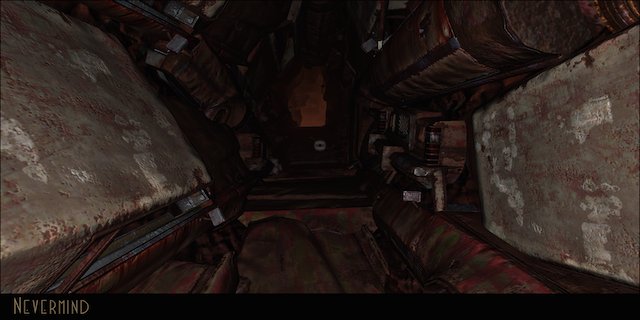
-
nevermind #2
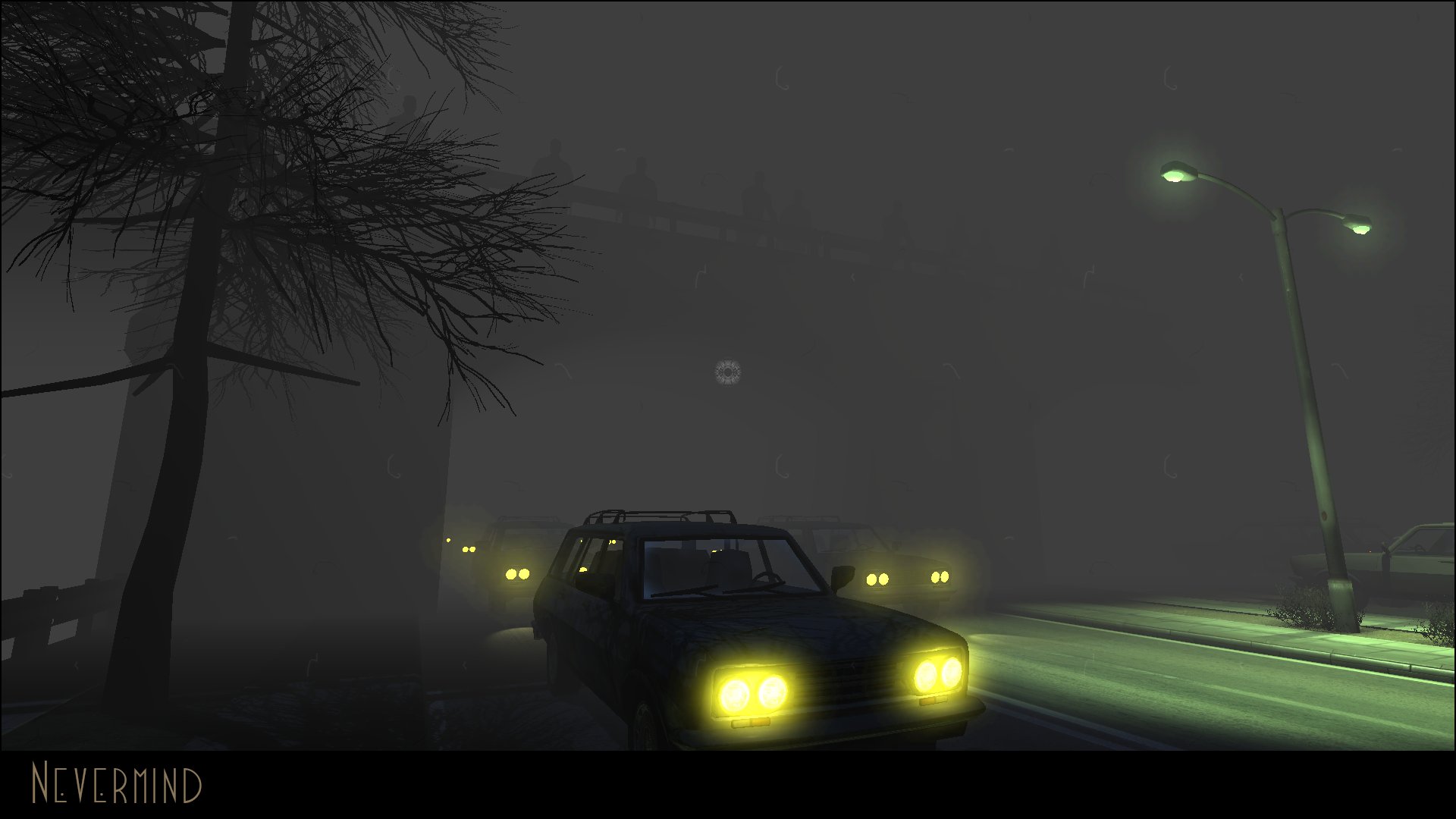
-
nevermind #3

-
nevermind #4
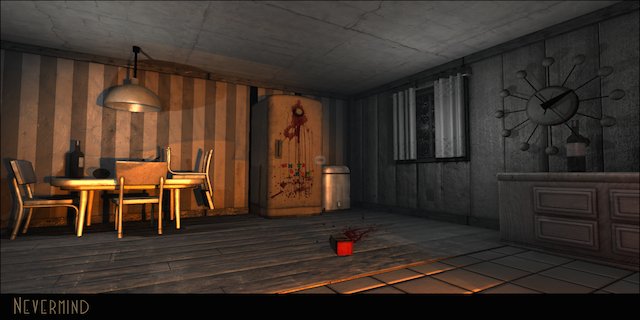
-
nevermind #5
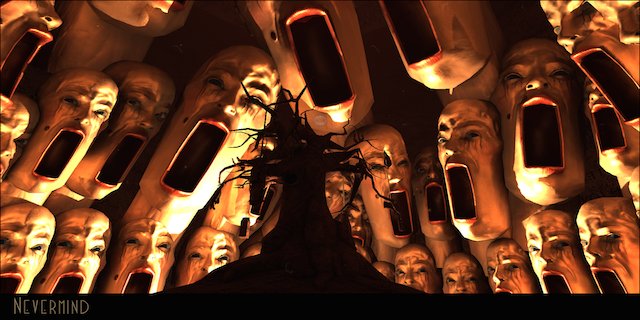
-
nevermind #6

-
nevermind #7
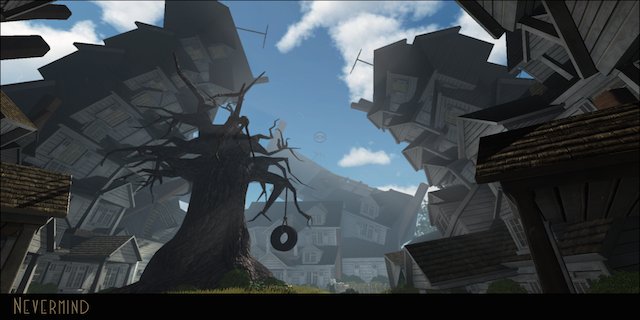
-
nevermind #8

-
nevermind #9
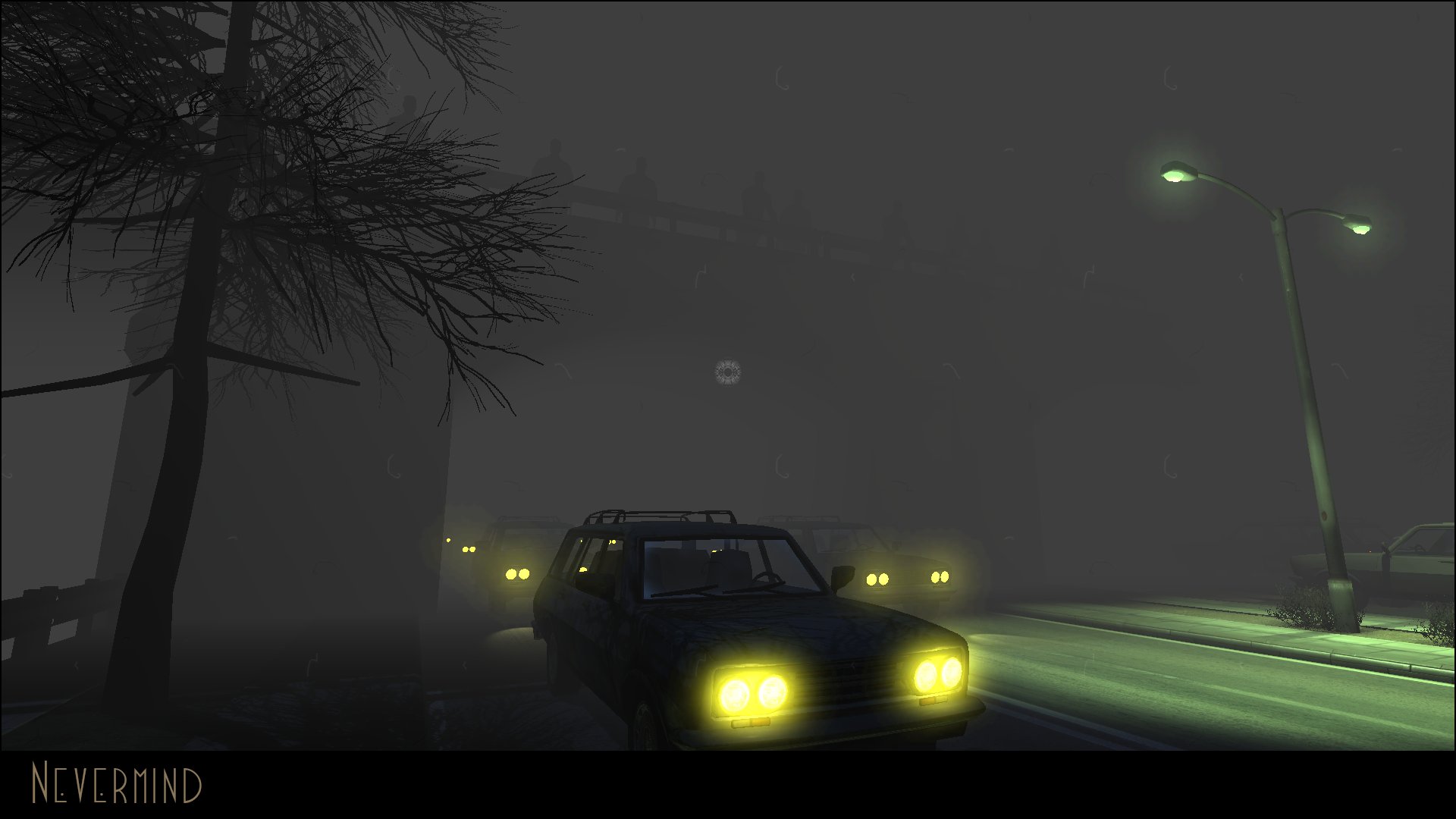
-
nevermind #10
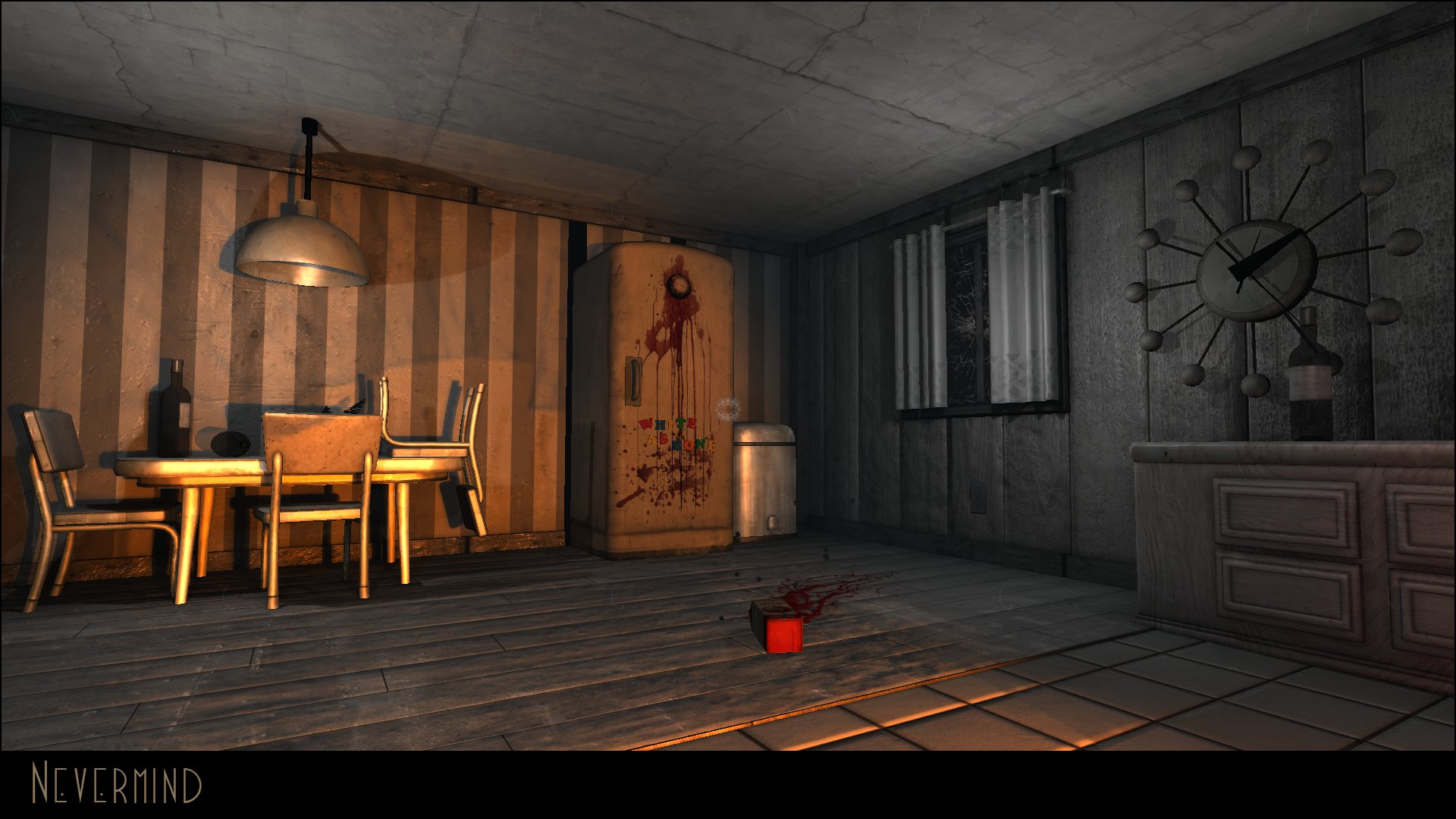
-
nevermind #11
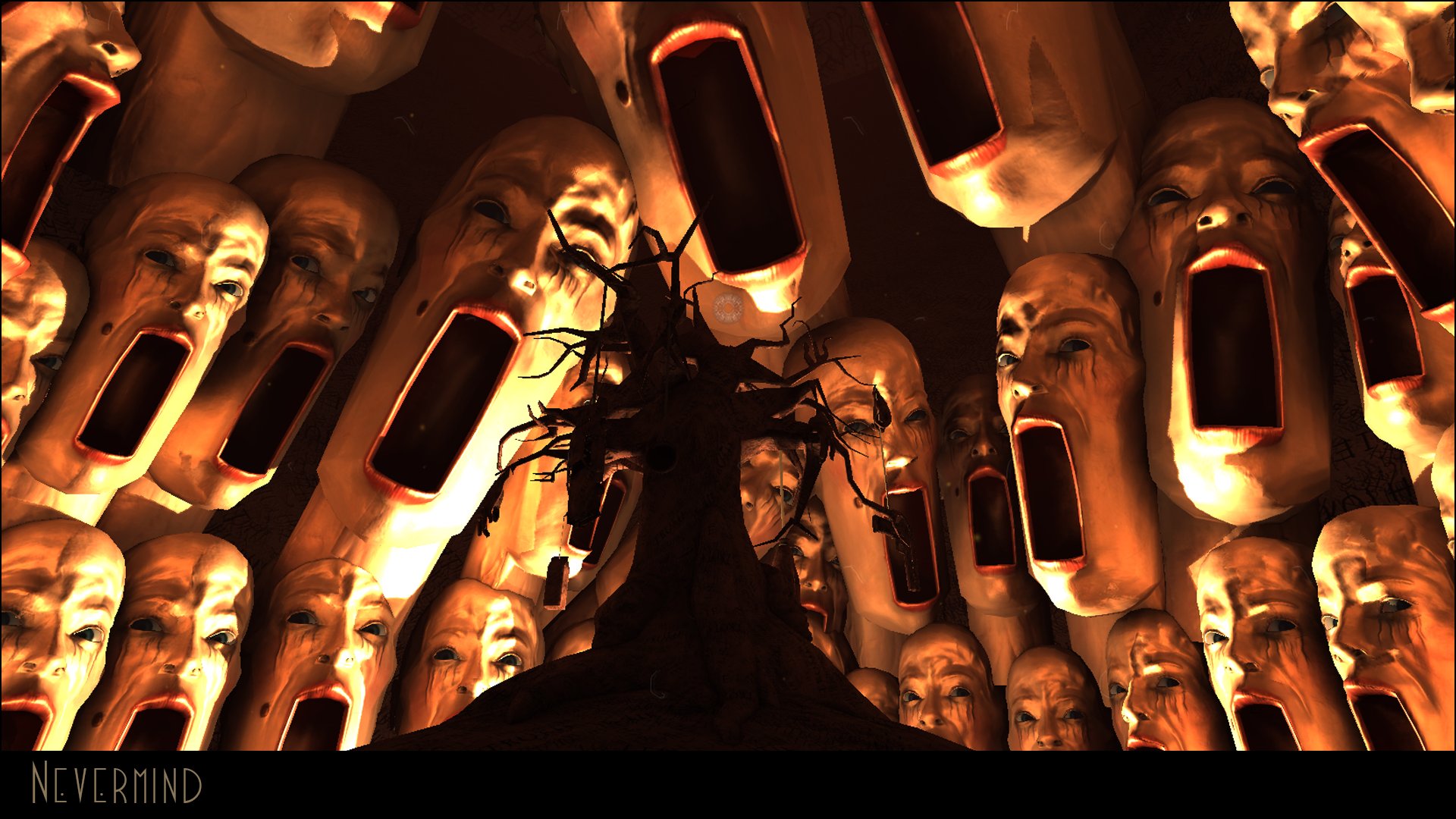
-
nevermind #12
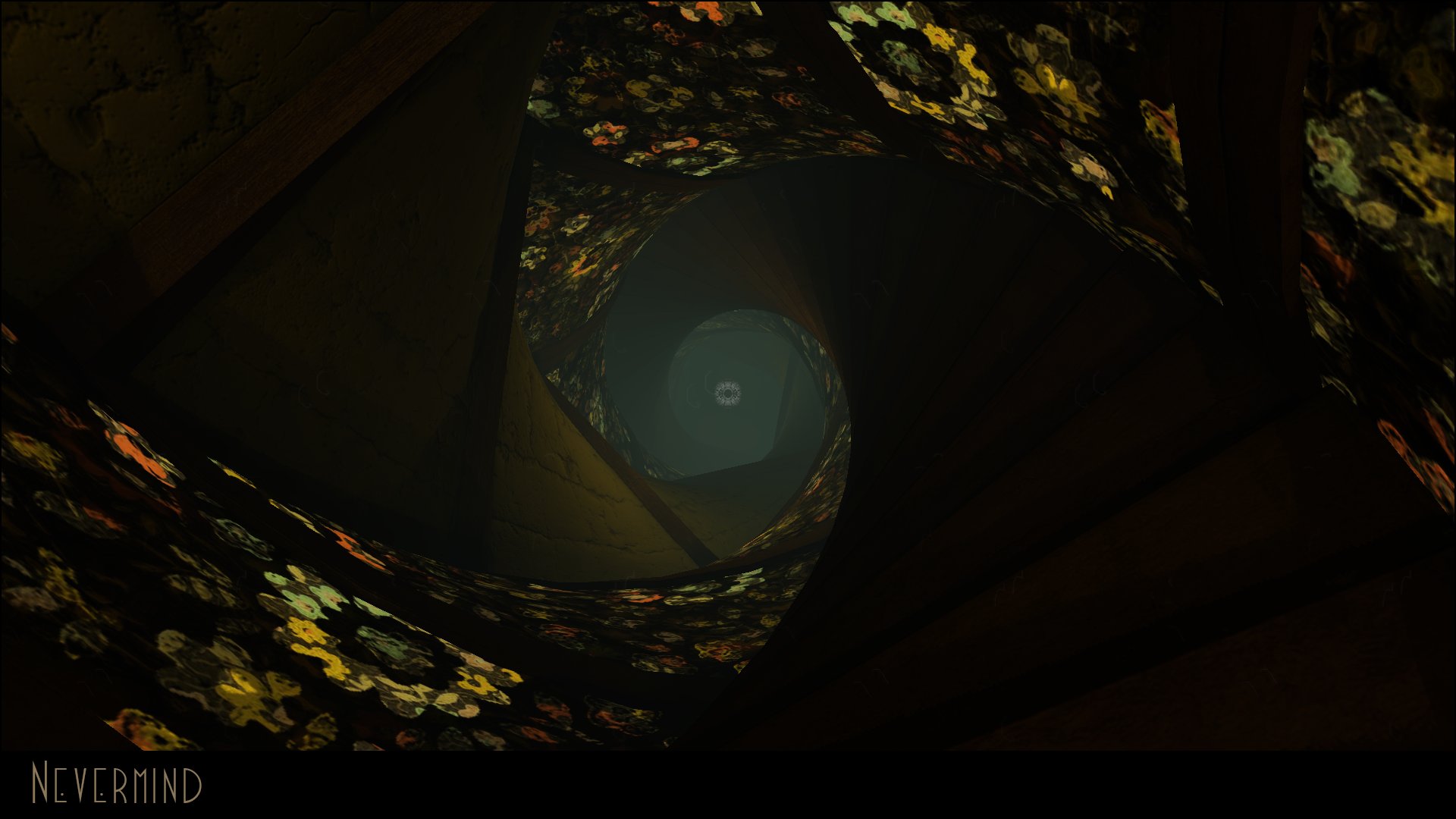
-
nevermind #13
